Jun 30, 2025
Author:Amanda Lyu
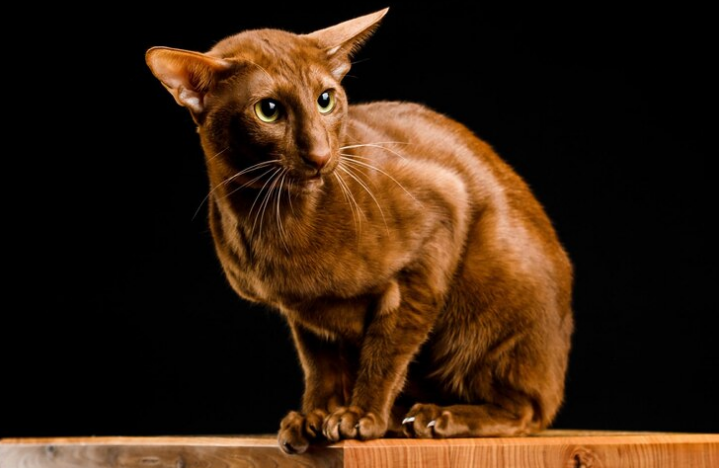
Ever heard someone say cats are low-maintenance? That may hold up until you meet a Javanese. This breed doesn’t coast on autopilot. They’re vocal, intelligent, emotionally wired, and surprisingly high-energy. Miss the mark on care, and they’ll let you know—loudly. Overfeed them? Weight gain. Skip grooming? Coat mats fast. Leave them alone too long? You’ll come home to shredded blinds and an offended feline.
If you’ve got one—or you’re planning to—you need a plan that works. That’s where this guide comes in. We’re breaking down how to care for a Javanese cat in a way that’s simple, realistic, and built around what actually works.
Here’s what you’ll walk away with:
● Feeding routines that prevent weight gain and maintain muscle tone
● Grooming tips to keep their silky coat smooth and shed-free
● Behavior cues that help you decode what they’re really asking for
Keep reading…
Javanese cats don’t follow the usual script. They’re wiry, yes—but wired, too. Always on . One skipped meal, or an accidental ‘just a bit more,’ and something shifts. They either puff up or start pacing. You’ll notice. It shows up fast.
Letting them graze all day? That’s a recipe for chaos. These cats don’t self-regulate well. Structured feeding wins. Less mess, fewer mood swings. You control the portions. They settle into rhythm. Less neediness. Less drama.
What helps:
● Break it up. Don’t dump the daily intake into one bowl. Two, maybe three meals a day. Keeps blood sugar steady. Cuts down the food-chasing tantrums.
● Skip the junk. Go meat-first. High protein, moderate fat. Keep carbs low, or they start packing weight where it doesn’t belong.
● Measure, don’t guess. Seriously. Use a scale. Grams matter. A few too many kibbles? Over time, it stacks. Especially on a frame this lean.
● Age and energy aren't side notes. A kitten needs fuel. A senior doesn’t. Adjust as they grow—or slow. And if they zoom around all day? Yep, that factors in too.
To make feeding even easier, WOpet Heritage View Automatic Pet Feeder takes full control of scheduling and portion size. You program the routine from your phone, and it delivers precise amounts—even when you’re not home. It’s especially useful if you're managing weight or feeding multiple times a day.
The Javanese cat’s coat might seem easy—just a quick comb-through, right? But honestly, looks fools you here. Single-layered coats mean thin, fine hair. No fluffy undercoat doing the heavy lifting, nothing to buffer the static shocks or tangles. Static everywhere. One minute silky smooth, the next, suddenly clumped and oily.
It doesn’t take long before things go sideways.
So, how do you deal with it? Grooming’s gotta be regular—but also picky. Frequency matters. Tools matter. Even the way you brush different spots matters too. No shortcuts. It’s less hassle now than fighting mats later.
Twice a week? That’s the floor, not the ceiling. Most Javanese need more, especially the indoor types who shed less often but still collect buildup. Spring hits, fall creeps in, and suddenly that ‘occasional’ brushing schedule isn’t cutting it anymore.
What works?
● Grab a Greyhound comb—the stainless kind, not the cheap plastic ones. Gets through the length without tugging. Then keep a slicker brush on hand with flexible pins to lift out debris hiding near the roots. Make sure both tools have soft, rounded tips. Anything sharp? That’s a fast track to irritated skin.
● Don’t swirl. That’s for spaghetti, not fur. Go with the grain. Long strokes, steady tempo. It’s not a race. Rushing raises static and snaps the finer hairs you’re trying to preserve.
● And ease up on the pressure. Seriously. Let your wrist do the work. You’re not scraping paint—you’re clearing loose hair without digging into the skin. Keep it light. Keep it smooth. That’s what keeps their coat looking right.
Certain friction zones are more prone to tangling due to daily movement and body heat.
● Behind the pinnae (ears): Warmth, head shaking, and facial grooming funnel excess hair into tight bundles behind the ears.
● Axillary and inguinal regions: These ‘fold zones’ under the legs and near the groin trap loose hairs and saliva from over-grooming.
● Caudal base and tail shaft: The junction where the tail meets the spine accumulates oil from supracaudal glands, which can mat over time if neglected.
Spend 30–40% of each session focused on these areas.
Timing matters. Javanese cats are high-energy and emotionally intuitive, so your success depends on aligning grooming with their arousal window.
● Ideal windows: Post-exercise (after active play) or pre-feeding (when calmer but ).
● Signs of grooming readiness: Soft tail position, slow blinking, and passive body language.
● Signs of resistance: Ears rotating back, tail flicking, paw swatting, or dilation of pupils—these indicate over-threshold stress. Stop immediately if they occur.
Most store-bought grooming sprays? Loaded with stuff that sounds fancy—silicones, dimethicone, all that. But here’s the thing: they coat the hair, trap dander, and block the skin from breathing. Looks shiny for a day, then it builds up fast.
● Stick with water-based detanglers. No alcohol. No heavy residue. And make sure they’re made for long-haired cats, not a generic ‘pet-safe’ label that means nothing.
● Oil-based glossers? Skip them—unless your vet specifically tells you otherwise for a skin issue.
● And human products? Full stop. Doesn’t matter how gentle the label sounds. Different pH, different needs. You’ll mess up their skin barrier before you see it happening..
Brushing’s a good time—perfect, really—to check out what’s under the fur. Skin stuff, you know?
● Little things you’d normally overlook: tiny cuts, odd scaly spots, clogged follicles (gross, but it happens). Just part their fur every few inches. Quick look, move on.
● Notice anything greasy or flaky near their shoulders or spine? Could be seborrhea creeping in. Something off with their oil glands, maybe?
● And pay attention to coat thickness. Suddenly seeing thin spots, bald patches, or weird unevenness? Red flag territory—metabolism or parasites, something you don’t want to mess around with.
Stuff still looks weird after a few days? Don’t wait. Find a feline-savvy vet, someone who gets cat skin fast.
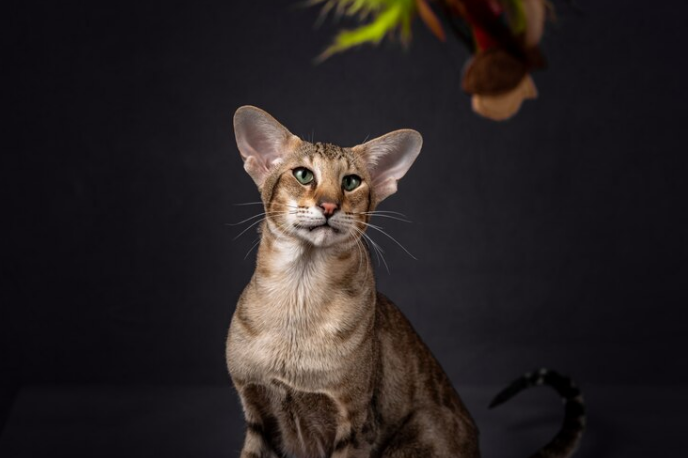
The Javanese cat doesn’t communicate with subtlety. They're vocal, expressive, and fully capable of holding a ‘conversation’ across tone, body posture, and eye behavior. But decoding those cues accurately takes more than guesswork—it takes observation and pattern tracking.
Javanese behavior isn’t random. It’s layered, and each gesture serves a specific purpose. What looks like affection may be overstimulation. What seems like defiance may be a sign of unmet needs. Misread the signal, and you risk creating tension or stress responses that could’ve been prevented with early intervention.
Here’s how to read their language correctly—and respond with precision.
Vocalizations You Should Pay Attention To
Javanese cats don’t just ‘meow.’ They mean it. Every sound’s on purpose. It’s not about how loud they play, but more with pitch, tone, and rhythm. You’ll hear the difference once you start listening for it.
● Mid-range, steady meows? That’s routine talk. Feed me. Play with me. It’s 4:03, and you’re late.
● Long, rising meows? That one’s got some drama in it. Usually means they can’t find you, or they can, and they’re still yelling until you respond.
● Those quick little trills? Pay attention. That’s the warm-up act before they jump on your lap or rub your leg. A soft nudge with sound.
● But if it’s low, guttural, almost like a sigh or growl—that’s not a request. It’s a line in the sand. Something’s off. They’re uneasy, maybe guarding space, maybe overstimulated.
Best move? Start noticing when these sounds happen. Same tone at the same hour every day? That’s not a mystery—it’s a habit. Behavior. A pattern worth logging.
Tail and Ears Tell the Story First
Before your cat makes a sound, their tail and ears are already communicating.
● Tail held vertically with a slight curve at the tip suggests neutral or positive engagement. This is the Javanese ‘ready’ signal.
● Slow tail flicking, especially near the tip, is not playfulness—it’s a tension build. This often appears before swatting or fleeing.
● Ears turned sideways or back mean overstimulation. End the interaction or give them space.
● Tail tucked or low to the ground may indicate pain, environmental discomfort, or emotional withdrawal.
Watch how tail and ear movement sync with your proximity. Many misread aggression when it’s actually stress avoidance.
Pacing, Perching, and Contact Initiation
Movement patterns often reflect psychological state and unmet needs.
● Repetitive pacing near doorways or windows often relates to under-stimulation. Javanese cats need complex play routines or vertical exploration opportunities.
● Sudden elevation-seeking behavior (jumping to high ledges, tops of cabinets) often means they’re seeking control over the environment, not solitude.
● Rubbing or ‘head bunting’ is often misunderstood as affection alone. It’s a scent-marking behavior. If repeated frequently, it can indicate anxiety or a need to reinforce familiarity.
Document the timing and location of these behaviors. If they intensify at specific times of day, it could point to feeding gaps, missed routines, or environmental stressors like loud sounds or lighting changes.
Eye Contact, Blinks, and Visual Tension
Eye movement may be the most underutilized behavior cue in cats, especially in breeds as intelligent as the Javanese.
● Slow blinks directed at you are trust signals. Responding with a matched blink reinforces that trust.
● Fixed, wide eyes with dilated pupils signal hyper-arousal. This often appears during play that’s gone too far or in multi-pet households during resource guarding.
● Avoidance of direct eye contact, especially during approach, signals submission or low confidence. Use side-facing movement instead of head-on interactions.
Pro tip: When introducing new routines or guests, observe eye and tail behavior before you engage verbally. Their body language will tell you how ready—or unwilling—they are to participate.
Caring for a Javanese? It’s not some rigid formula. It’s rhythm. A mix of instincts, timing, and showing up the same way every day—even when they’re dramatic about it. You’ve already got the pieces in place. Feeding with structure. Grooming with purpose. Reading their signals before they shout you down.
Little tweaks go a long way. Brush smarter. Feed tighter. Respond earlier. Suddenly, they’re calmer. Easier. Like they’ve been trying to tell you what they needed all along—but now you finally speak their language.
Quick reset:
● Feeding on schedule keeps the fluff from turning into fat. Their bodies stay lean. Their moods stay in check.
● Skip the coat care, and you’ll pay for it later. It’s not vanity—it’s upkeep.
● And behavior? That’s the real conversation. They’re always talking. Most people miss it.
Now, about consistency—it helps. But no one’s feeding by hand forever. That’s where WOpet’s smart feeder earns its spot. It frees you up to handle the real connection stuff. Precision feedings without the mental load. Because Javanese cats aren’t plug-and-play. Their care deserves tech that actually keeps up.
Label:
Popular Post

What to Feed a Sick Dog With No Appetite? [2025 Guide]
May 16, 2023
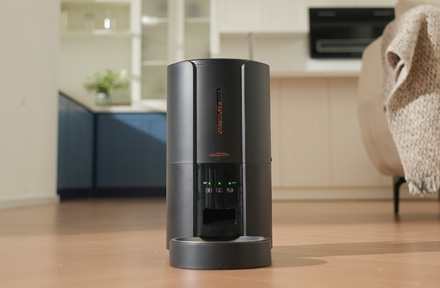
Troubleshooting Common Issues with Automatic Pet Feeders: Tips & Tricks for Pet Owners
Oct 26, 2023
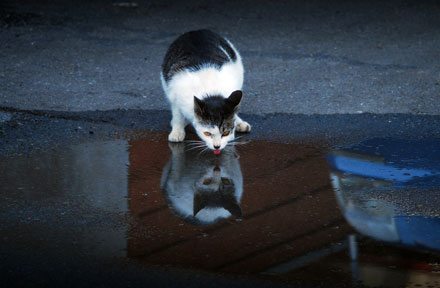
Why Does My Cat Cough After Drinking Water? 8 Potential Reasons
Mar 13, 2023
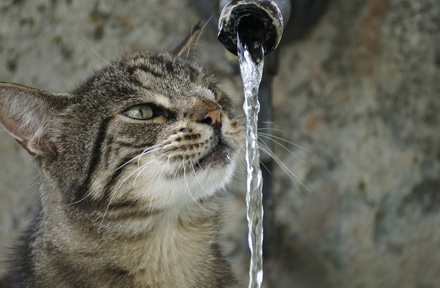
Why is My Cat Throwing up Water? Top 5 Causes Here
Feb 08, 2023
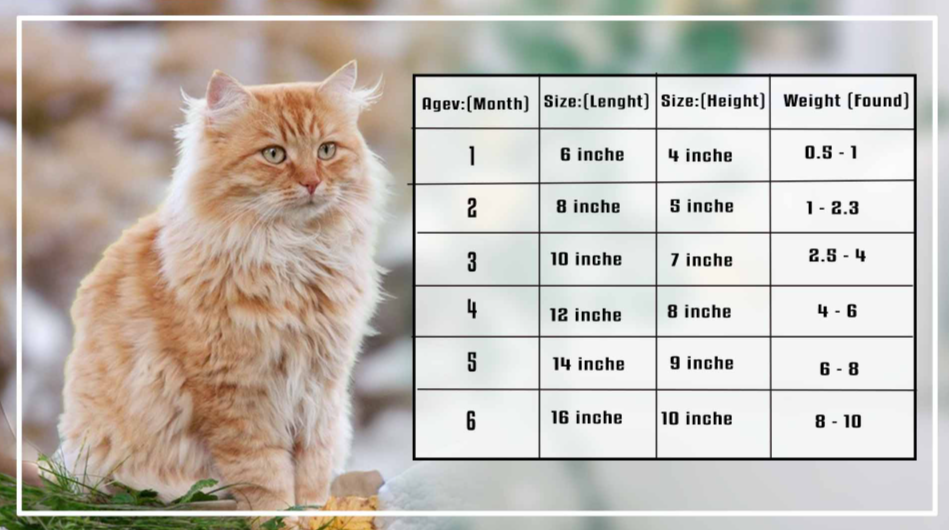
What is a standard Cat Weight chart by age Kg?
Mar 19, 2025
$99.99
$129.99
Copyright © 2025 WOPET. All Rights Reserved.